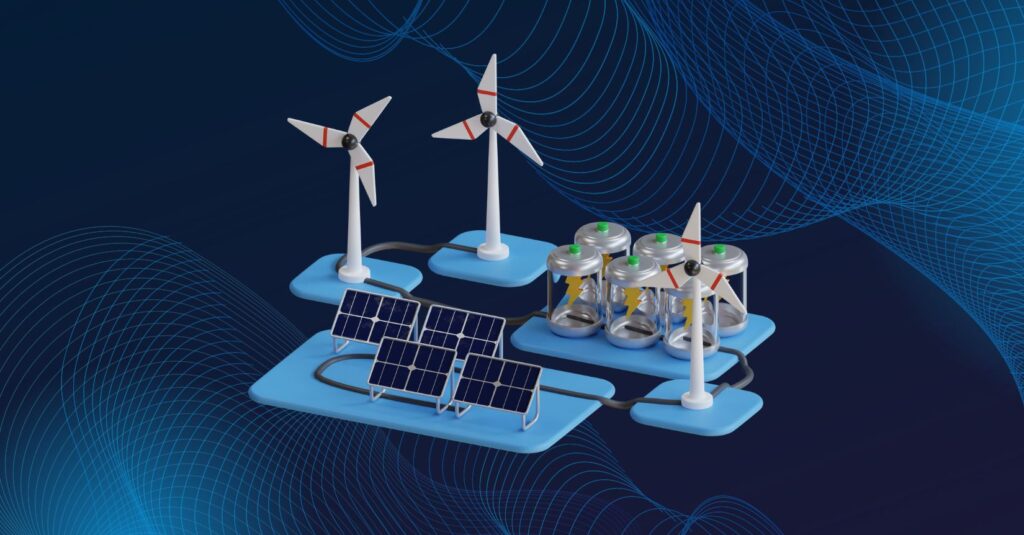In 2023, renewable energy reached a pivotal moment, generating 30% of global electricity and underscoring the accelerating energy transition, according to Ember’s 2024 Global Electricity Review. This surge in renewables, primarily driven by solar and wind power, marks a significant shift away from fossil fuels. Solar energy, in particular, continued its impressive growth trajectory, maintaining its position as the fastest-growing energy source for the 19th consecutive year. Despite a temporary increase in coal usage due to reduced hydropower from droughts, overall power sector emissions peaked, setting the stage for a projected decline starting in 2024.
In 2023, solar and wind accounted for a record 12% of global electricity generation, with solar alone contributing 5%. This growth in renewables is pivotal, considering global electricity demand rose by 2.5%. Notably, solar power capacity grew by 24%, while wind power saw a 13% increase. The expansion of renewable energy was most prominent in China, which added 136 GW of solar capacity and 55 GW of wind capacity, positioning the country as a leader in the energy transition.
The report highlights that OECD countries are at the forefront of reducing fossil fuel emissions, with a significant decrease of 4% in coal power generation. This decline is attributed to robust policy frameworks and economic incentives promoting clean energy adoption. These measures are crucial for meeting international climate targets and reducing the adverse impacts of climate change.
As the world faces the ongoing challenges of climate change, the momentum behind renewable energy offers a promising path toward a sustainable and resilient energy future, offering substantial economic benefits, including job creation, energy security, and improved public health. The dominance of renewables also makes it increasingly feasible for firms to start decarbonizing their operations. The expanding availability and decreasing costs of renewable energy sources provide companies with more accessible options for reducing their carbon footprints. Additionally, the growth in renewable energy infrastructure, along with supportive policies and incentives, creates an environment conducive to sustainable business practices. This transition not only helps companies meet regulatory requirements and stakeholder expectations but also positions them competitively in a market that is progressively prioritizing sustainability.
For a comprehensive analysis and detailed data, refer to Ember’s Global Electricity Review 2024.
More About WatchWire
WatchWire by Tango is a market-leading, energy and sustainability data management platform that uses cloud-based software to collect, automize, and analyze utility, energy, and sustainability data metrics. WatchWire streamlines, automates, and standardizes your sustainability reporting process by integrating directly and/or providing reporting exports to ENERGY STAR Portfolio Manager, LEED Arc, GRESB, CDP, SASB, GRI, and more. The platform provides customizable dashboards, which allow asset managers, sustainability managers, engineers, and more to monitor individual key performance indicators (KPIs) and create custom views for specific use cases.
To learn more about WatchWire and its capabilities, you can visit our website, blog, or resource library, request a demo, or follow us on LinkedIn, Instagram, or Twitter to keep up-to-date on the latest energy and sustainability insights, news, and resources.
 Top Sustainability Trends to Watch in 2025
Top Sustainability Trends to Watch in 2025

 Log In
Log In









